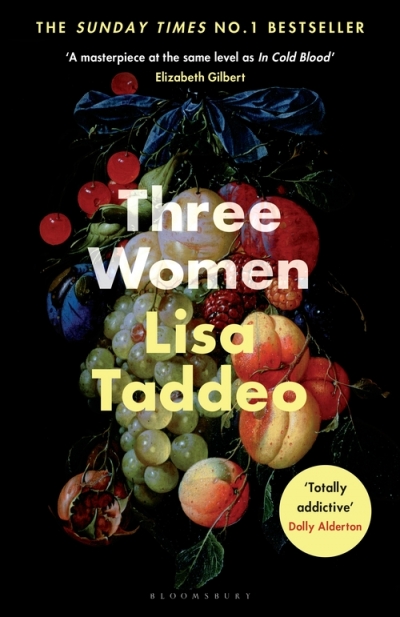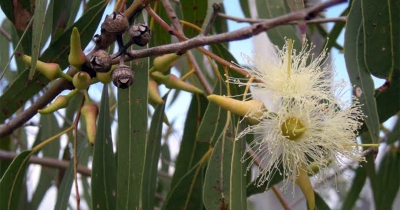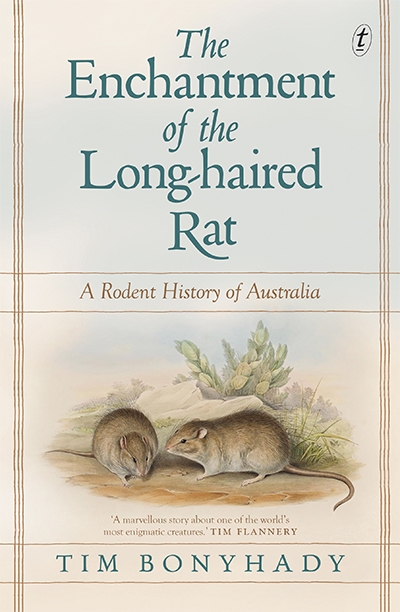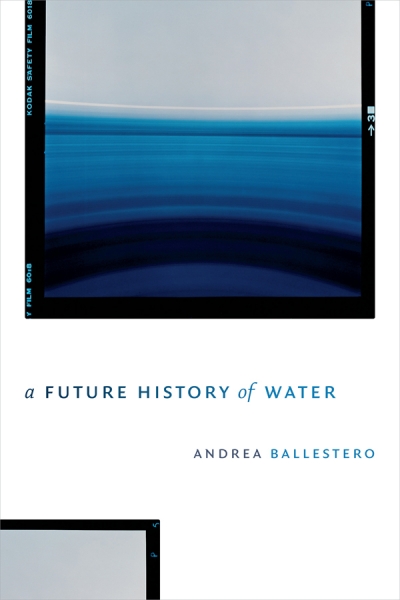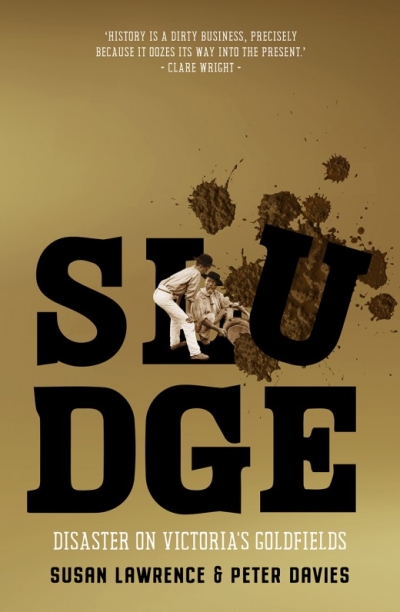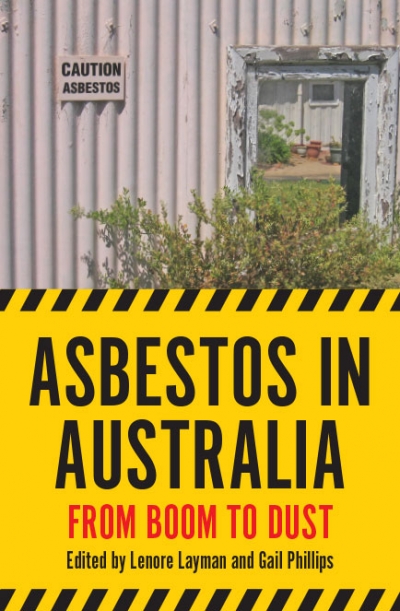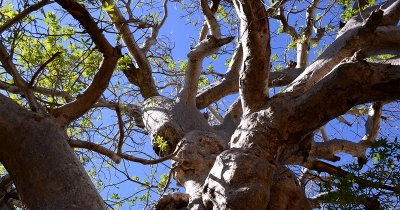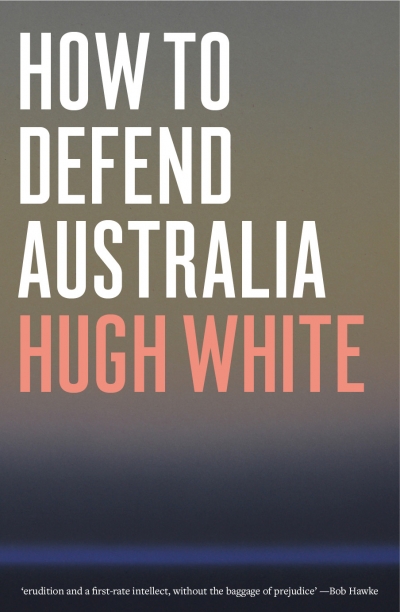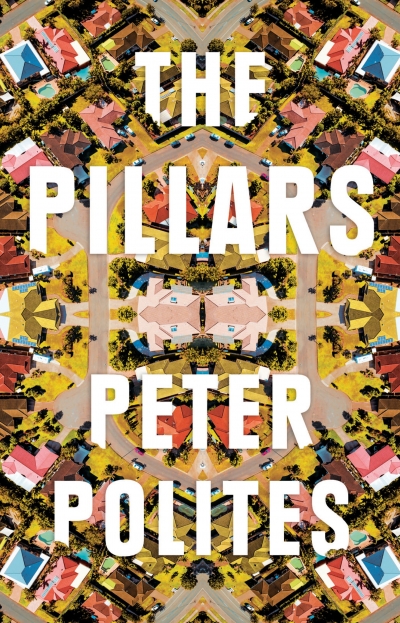VIC contributor
The Australian outback has long been a muse for artists and storytellers. Australian flora – including the iconic eucalypt in its many forms – has the ability to tell a story about cultural identity and our rich history with the land. This extends to our urban landscape, with native plants common throughout our bustling city streets and parks – they can transf ...
The Enchantment of the Long-haired Rat: A rodent history of Australia by Tim Bonyhady
A Future History of Water by Andrea Ballestero & Anthropogenic Rivers by Jerome Whitington
Sludge: Disaster on Victoria’s goldfields by Susan Lawrence and Peter Davies
Asbestos in Australia: From boom to dust edited by Lenore Layman and Gail Phillips
At first I can’t make out the inscription, even though I’m searching for it. Smooth new bark has grown into the cuts, bulging around the incision, preserving the words on the trunk. I run my hand across the surface, tracing the grooves, feeling the letters: R-E-T-R-I-B-U-T-I-O-N. And below, in slightly larger hand, ‘CAMP’ ...
... (read more)Many climate activists and scientists are becoming desperate. They have devoted decades to warning the world of the danger of climate change and to forging solutions. But nothing has worked. No climate report or warning, no political agreement, no technological innovation has ...
... (read more)
